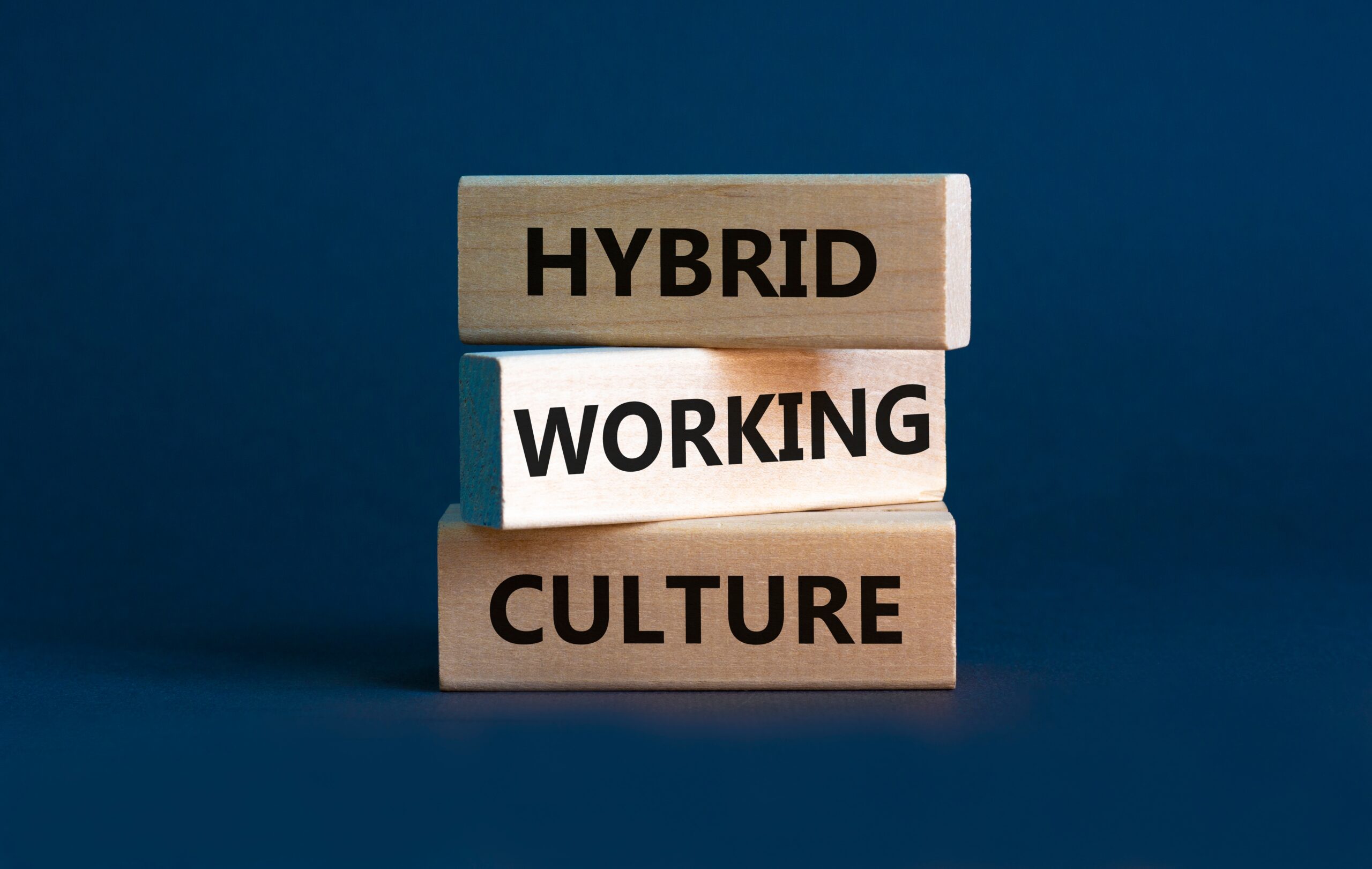
How Do I Build the Right Culture for Hybrid and Remote Teams?
April 1, 2023
Reviving the Lost Art of Healthy Debate to Ensure Quality Decisions
June 3, 2023How Can I Make Better Decisions in a World with Too Much Information?

Making decisions with limited information is difficult, but making decisions with too much information can be even more challenging.
We think of this as a consequence of the digital age, but the problem isn’t new. In 1255, medieval French scholar Vincent of Beauvais complained about “the multitude of books, the shortness of time and the slipperiness of memory.” (1) And this was 200 years before Johannes Gutenberg invented the printing press.
Indeed, information overload drives negative work environments that kill productivity, dampen creativity, and make us unhappy. (2)
Which begs the question: Given the unprecedented level of information saturation that dominates today’s business environment, how can you filter all of the noise to convert relevant information into actionable knowledge that can help you make better decisions for your organization? To help lighten your load, consider this four-step process.
1. Crystallize the problem you need to solve.
Clearly defining the problem at hand lies at the crux of effective decision-making. Executives who move past this step and attempt to solve an ill-defined problem run the risk of wasting resources, slowing the solution process, solving the wrong problem, or having their decision create a much larger problem to solve. (3)
Perhaps Albert Einstein said it best when he explained, “If I were given one hour to save the planet, I would spend 59 minutes defining the problem and one minute resolving it.” (4)
2. Dissect the underlying assumptions surrounding the problem, along with areas of uncertainty.
Take the time to understand the assumptions that have led to your problem definition. Not only are these critical to understanding the problem, but they will also shape the way in which decision outcomes are evaluated. Moreover, understanding areas of uncertainty in advance will allow you to gauge the level of risk inherent in the problem.
Unfortunately, many managers tackle this step alone, relying on their own experience or feeling that involving their team is a needless expenditure of time and resources. However, research shows that cultural and cognitive diversity fosters a clearer understanding of a problem and results in better, more creative decision-making. (5)
3. Leverage the collective wisdom of diverse perspectives to help pressure-test the assumptions and close uncertainty gaps.
As a leader, an effective way to bring diversity and creativity to bear on the problem you need to solve is simply to tee up a discussion and debate with key members of your team to challenge the assumptions and explore the uncertainty surrounding the decision at hand.
In his book, The Wisdom of Crowds: Why the Many Are Smarter Than the Few and How Collective Wisdom Shapes Business, Economies, Societies and Nations, James Surowiecki’s research shows that a diverse group’s aggregated judgment can be “uncannily good.” (6)
Consider a Google search as an example. While their algorithm is proprietary and considers a wide array of information, it harnesses the collective wisdom of other people’s similar searches to help discern the relevance of the content you’re searching for. (7)
As you search for answers with your team to help inform your decision, encourage them not to underestimate their instinct when pressure-testing assumptions and exploring uncertainty gaps. In his book, Thinking, Fast and Slow, Nobel Prize-winning author Daniel Kahneman describes how our intuition (the “fast thinking” part of our brain) can sometimes be more accurate than the logical and deliberate “slow thinking” part of our brain when it comes to judgment and decision-making. Many times this is a result of experience. Other times it’s that our unconscious mind can recognize patterns more quickly and accurately than through conscious calculations and reasoning. His main point is that these two parts or “systems” of our thinking, instinct and logic, work together to help us make decisions, and we should not underestimate the power of our “gut.” (8)
4. Use a data-driven, analytic approach to further pressure-test the assumptions and close uncertainty gaps.
Finally, verify your team’s collective instinct with the logical and deliberate “slow-thinking” approach to decision-making that Kahneman describes.
This is an area where artificial intelligence (AI) applications can help, provided that two factors are carefully considered regarding the human-machine interface.
First, narrow the range of options for the machine to consider. This is, essentially, doing for the AI application what you would do for yourself in any systematic problem-solving approach – clearly identify the problem and delineate any non-starter solutions (e.g., What has already been tried? What is unaffordable, unreasonable, or unavailable given time or other constraints?)
Second, ensure the timeliness and quality of the fact base that the machine is drawing from. For example, the latest version of ChatGPT (GPT-4 as of May, 2023) is trained on a dataset with a cutoff date of September, 2021. If any of the assumptions surrounding your problem depend on events that have evolved since that time, then a more relevant dataset would be needed. (9)
With these two factors in mind, the recent acceleration of AI capabilities presents an opportunity to vastly improve the quality and speed of decision-making in a world with too much information. A properly integrated human-machine interface has the potential to transform Kahneman’s fast/slow-thinking decision model into a fast/fast-thinking one.
Former world chess champion, Gary Kasparov, who lost to IBM’s Deep Blue supercomputer in a 1997 AI watershed event, has some thoughts on what this possibility could look like. Kasparov sees the future as a “human plus machine combination” – merging the tactical speed and rigor of machine algorithms with human strategic direction. (10)
Deep Blue co-creator Murray Campbell agrees. “The more likely path is that as AI systems become more capable, they will be able to work together with people to solve a wide variety of problems we can’t tackle now. People can’t do it all by themselves. They can use input from AI systems to help them form their decisions.” (11)
Bottom line, combining machine “thinking” with your team’s intuition and creativity will push decisions toward outcomes that include both gut instinct and calculated reason, a process that would be the envy of our 13th century predecessor with the “slippery memory.”
Conclusion
The increasing volume and velocity of information flow in today’s business environment isn’t going away any time soon. In fact, the amount of data in the world is currently doubling every two years, and that pace continues to accelerate. (12) To filter the noise and convert relevant information into actionable knowledge that can help you make better, quicker decisions in order to maintain a competitive edge, try the four steps we just discussed: crystallize the problem, clarify the assumptions, leverage cultural and cognitive diversity on your team to sharpen your strategic thinking, and consider ways that AI can help accelerate your analytical thinking. Best wishes leading your team to new heights!
References
- Harvard Business Review: Information Overload’s 2,300-Year-Old History
- Springer: Information Overload in the Information Age
- Business Insider: Nine Steps to Effective Business Problem Solving
- Harvard Business Review: Are You Solving the Right Problem?
- Harvard Business School: Why Managers Should Involve Their Team in the Decision-Making Process
- James Surowiecki: The Wisdom of Crowds
- Google: How Search Works
- Daniel Kahneman: Thinking, Fast and Slow
- ABC News: What Can ChatGPT Maker’s New AI Model GPT-4 Do?
- CBC Radio: Defeated by a Computer, World Chess Champion Garry Kasparov Embraces Artificial Intelligence
- AI Business: How Deep Blue vs. Kasparov Changed AI Forever
- Forbes: Leaders Need AI to Keep Pace with The Data Explosion
